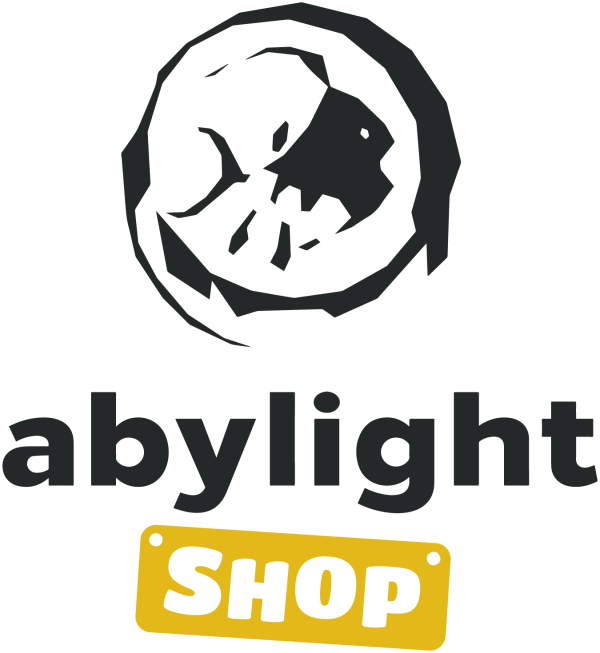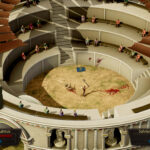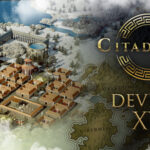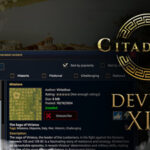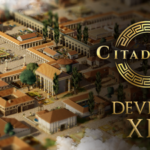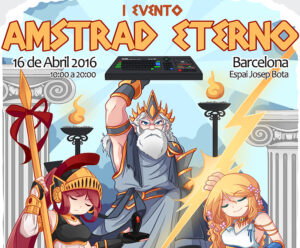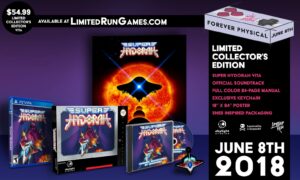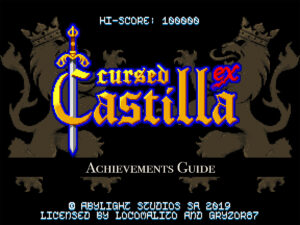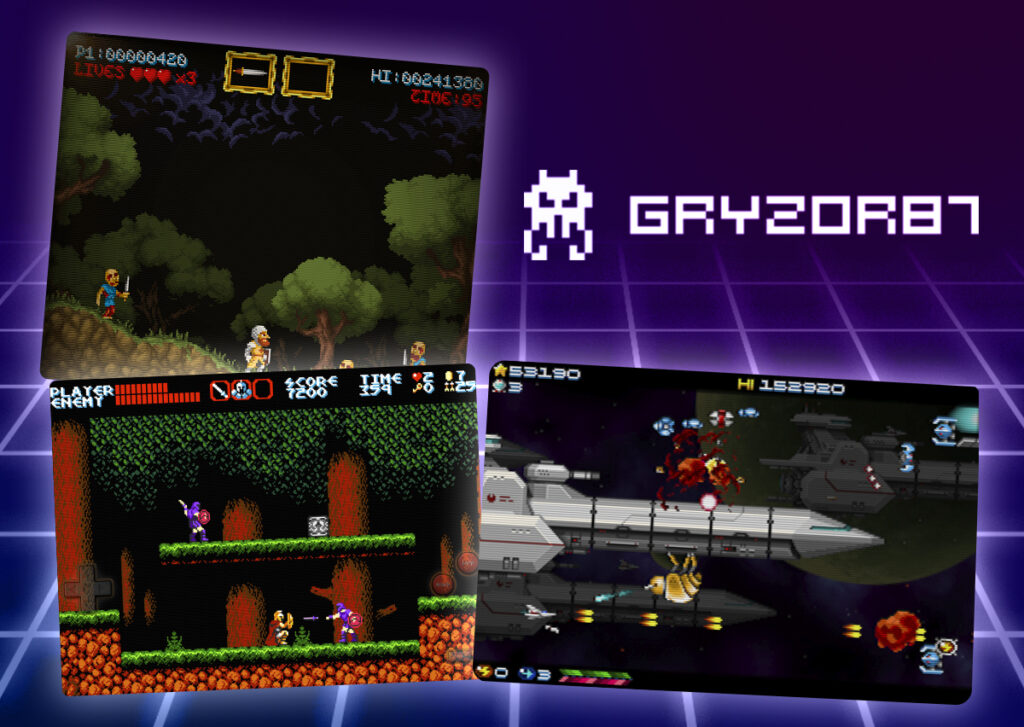
Look at the images from Cursed Castilla, Super Hydorah or The Curse of Issyos. We bet you can hear them! All thanks to Gryzor87, the composer for these masterpieces.
Without his catchy tunes, those amazing indie games by Locomalito just wouldn’t be the same. His music and SFX are able to put you in the right mood for that classic retro action. The perfect match with Locomalito’s fine-tuned gameplay and carefully crafted pixel art.
That’s why Locomalito and Gryzor work that well together and why their games feel like authentic unearthed gems from the golden era of arcades.
Gryzor87’s work is nothing but a labour of love for those classic chips and video game sounds. But, how does he do it? Many composers try to emulate that 8-16 bit feeling, but few are able to do it with authenticity and a good sense for melody.
For those of you curious to know more, we’ve managed to ask him a few questions about his process.
The secrets of the neo-retro sound
- What’s your secret to creating the perfectly fitting music to the “retro gameplay, modern device” combination?
Gryzor87: I always make an evaluation of the game elements: graphics, style and gameplay. Then I choose the sound system: soundchip used and/or external sources such as synthesizers, live recording, analog instruments, etc. The key is always the same: images and music must fit together.
- What are the modern devices’ limitations on retro game music?
Gryzor87: Basically none. You can record any type of sounds from any type of source. Then you can compress the master into mp3, ogg or simply let the *.wav file. Modern videogames can deal with PCM sound, that is to say “in digital format”, no matter how it was recorded.
- Do you use all modern equipment and software to create the music? Or is anything of the oldschool hardware/software too?
Gryzor87: I combine both very often. For modern games I obviously use the whole arsenal (synths, HQ plugins, best mics, external sources…) and for retro and neoretro, I use native trackers through emulated computers. For example, TriloTracker for the MSX2 computer running on OpenMSX. There are cross tools too, like Wyztracker for PC, and the results are directly ported to a real machine.
- What does a composer need to be aware of (or watch out for) while creating retro-inspired music?
Gryzor87: In my humble opinion, following the rules: type of chip, channels used, duration, articulations used… I train myself by listening and separating any track of reference pieces. For example, if you are preparing a 8-bit style Castlevania game, it is a good idea to listen hard to as many Castlevania tracks as possible (MSX, NES, etc). External pieces are good too, in order to have more perspective, like Dracula OST by Wojciech Kilar. Then you have to transcribe your ideas to the chosen sound system.
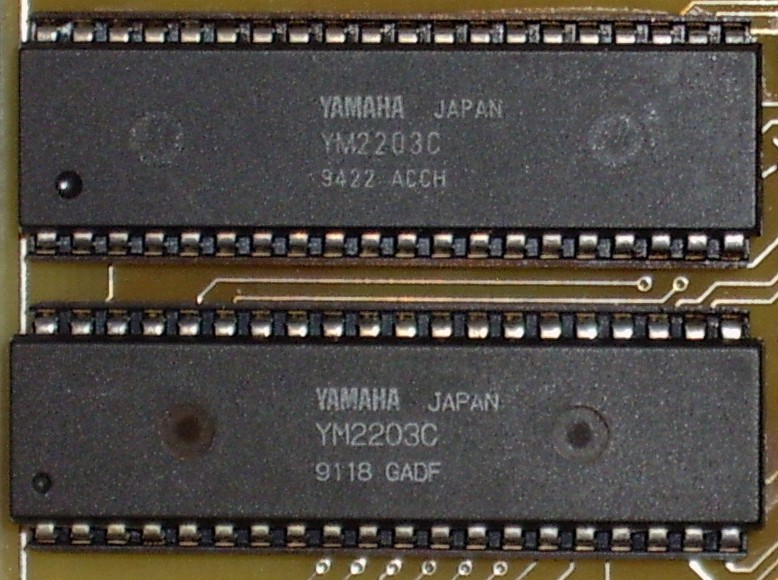
Capture the inspiration
- What’s the first action you take when tasked with creating music for a neo-retro game?
Gryzor87: First thing is starting to think in the imaginary world that the game concept invites you to enter. If you are about to create a Dungeons and Dragons game, you start to imagine that ambience, with magic, wizards, taverns, villages, etc and then you may begin to listen to some imaginary tunes: some celtic melody? some harp+flute one? In that moment you must try to capture those inspirations by playing, recording or writing them into music. And the journey begins.
- How do you find and use references and inspirations? (if you do that)
Gryzor87: Some of them are from my music collection (vinyls, CDs, tapes,…) and some of them are found on the internet. There are tons of good references to follow. It is just like a massive library where you can find very specific stuff. Of course, the references are a valid source to investigate from: rhythms, melodies, arrangements, group of instruments, etc.
That’s right, you don’t have to limit yourself to videogames as a source of inspiration! If you listen closely to Cursed Castilla’s soundtrack (which, by the way is included in the Collector’s Edition for Nintendo Switch) you might be able to hear influences from classic movies like Ben-Hur or Ivanhoe. Super Hydorah gets it’s retrofuturistic sound from 80s space-rock, shows like Ulysses 31 and even some progressive metal when things get really intense!
Do you have more questions about music for neo-retro games? Visit Abylight’s Discord! Our team hangs out in there and we are glad to share video game knowledge with you 🙂
If you want to hear Gryzor87 music in all it’s chip-tune glory, you can buy Cursed Castilla Collector’s Edition on Abylight Shop. And stay tuned, because there may be more good stuff yet to come…
Take care!

